Good Laundry Practices You Didn't Learn in Home Science Class

Doing laundry is a task that we do almost every day. However, not all of us were taught how to do laundry properly. Here are some tips to ensure your clothes always come out clean and fresh.
What are the Most Common Problems When Doing Laundry
The most common problems when doing laundry are fading, shrinking, and color bleeding. Fading occurs when the colors of your clothes become less vibrant over time. Shrinkage happens when your clothes become smaller after washing. Color bleeding is when the dye from one garment transfers to another, causing it to change color. It can be frustrating to see your favorite shirt lose its vibrancy.
What are the seven Steps to Doing Laundry
Sort your laundry: Separate your clothes based on their color, fabric, and level of dirtiness. Sorting your clothes ensures they are washed properly, and you can avoid color bleeding and fading. Delicate fabrics like silk and lace should be washed separately from heavier fabrics like denim.
Pretreat stains: Before washing, treat any stains on your clothes with a laundry stain remover. Allow it to soak in for 15 to 30 minutes before washing to help loosen any dirt or debris. The step is crucial for you because it will help eliminate any bacteria on the fabric. Moreover, this step will also pretreat any stains that may occur.
Use the right amount of detergent: Too much can damage your clothes and cause them to fade. This step is vital because too much detergent can also cause whites to become yellow and colors to fade. To avoid clogging your washing machine, use the recommended amount of detergent for your fabric type and load. Using the right amount of detergent will clean your clothes properly. Follow the manufacturer's instructions for the right amount of detergent to use.
Use the best descaler for the washing machine: Hard water can cause mineral buildup in your washing machine, leading to poor performance and unpleasant odors. To prevent this, use a descaler made explicitly for washing machines. This can help extend the life of your appliance and keep your clothes smelling fresh. Our 3-in-1 Washing Machine / Dishwasher Limescale remover & Cleaner is suitable for all brands of washing machines and dishwashers, removes limescale, degreases and eliminates odors and molds, eliminates residual detergents, extends the life of the appliance, removes dirt build up and improves appliance performance and energy efficiency.
Use the proper water temperature: Different fabrics and colors require different water temperatures. For example, white and heavily soiled clothes should be washed in hot water, while delicate fabrics should be washed in cooler temperatures.
Don't overload the washing machine: Overloading it can cause it to malfunction and not clean your clothes properly. Excessive loading can cause your clothes to become wrinkled. Follow the manufacturer's instructions for the amount of laundry that can fit in your machine simultaneously. It can also lead to shrinkage and color fading.
Descaling your washing machine: To maintain your washing machine's performance, descale it regularly to remove any mineral buildup in your device and keep it running smoothly. It will further improve the cleaning power of your machine. Follow the manufacturer's instructions for how often to descale your machine.
Bottom Line
You may not have learned these excellent laundry practices in home science class. By following these tips, you can ensure that your clothes are properly washed and maintained and avoid common laundry problems.






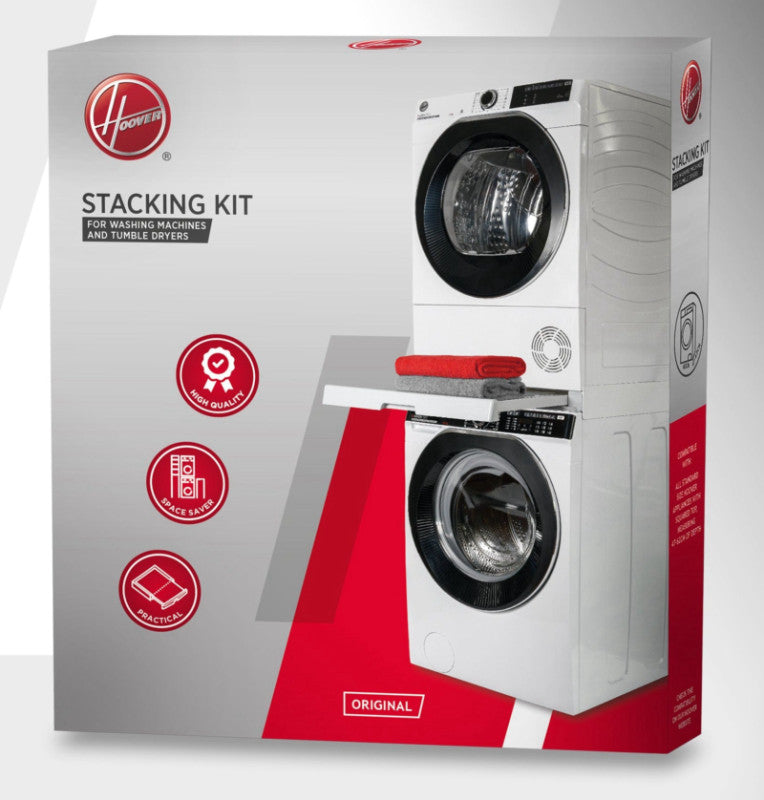


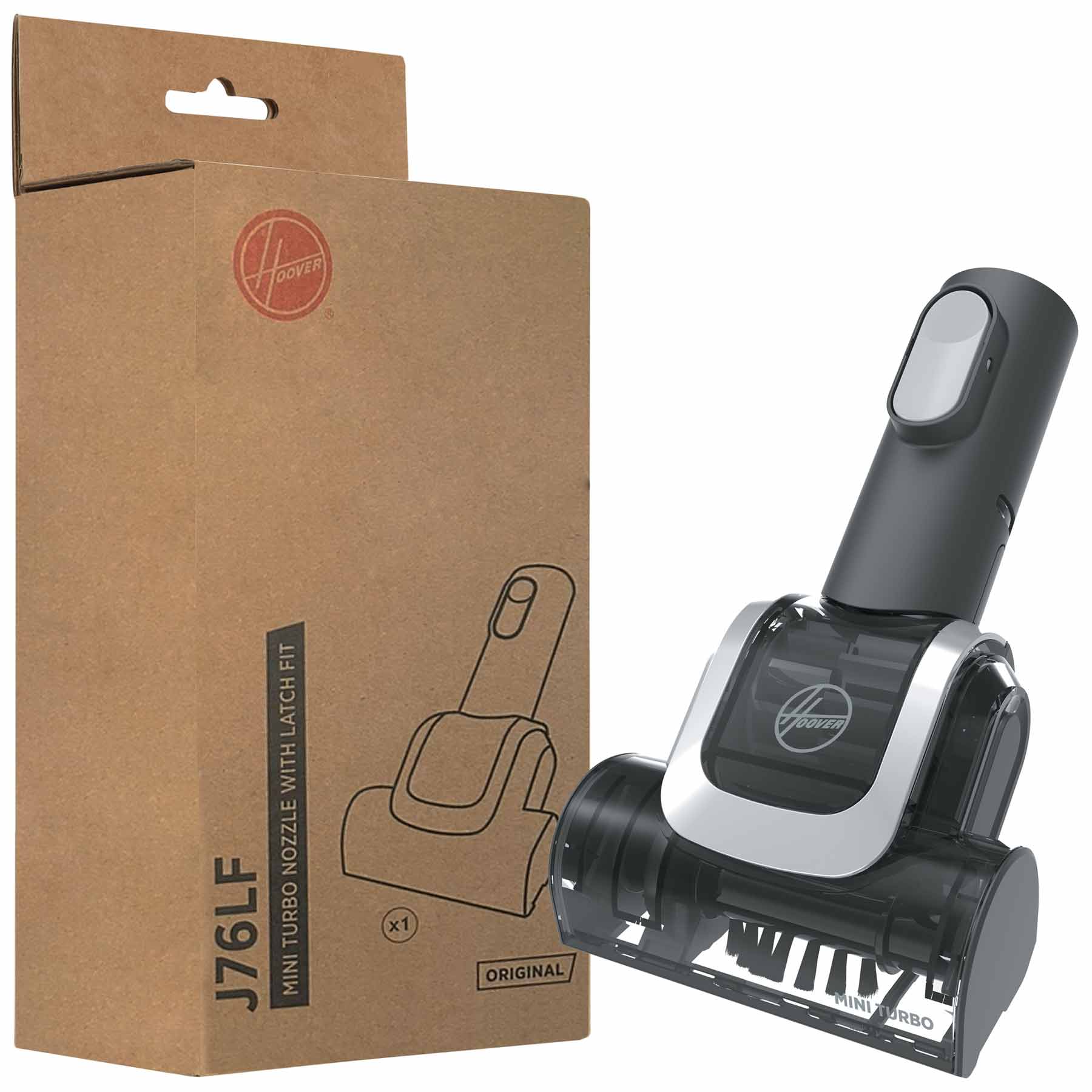






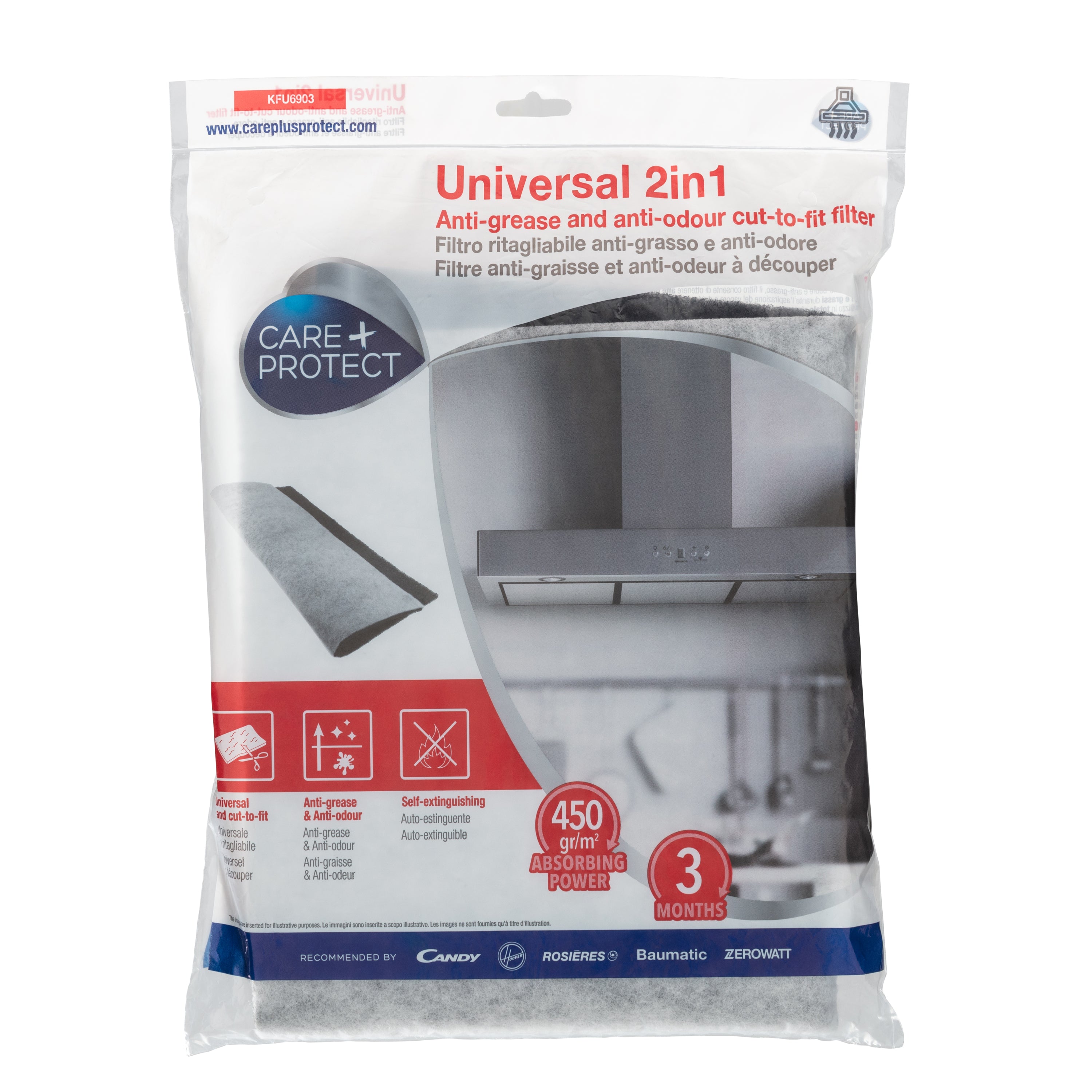






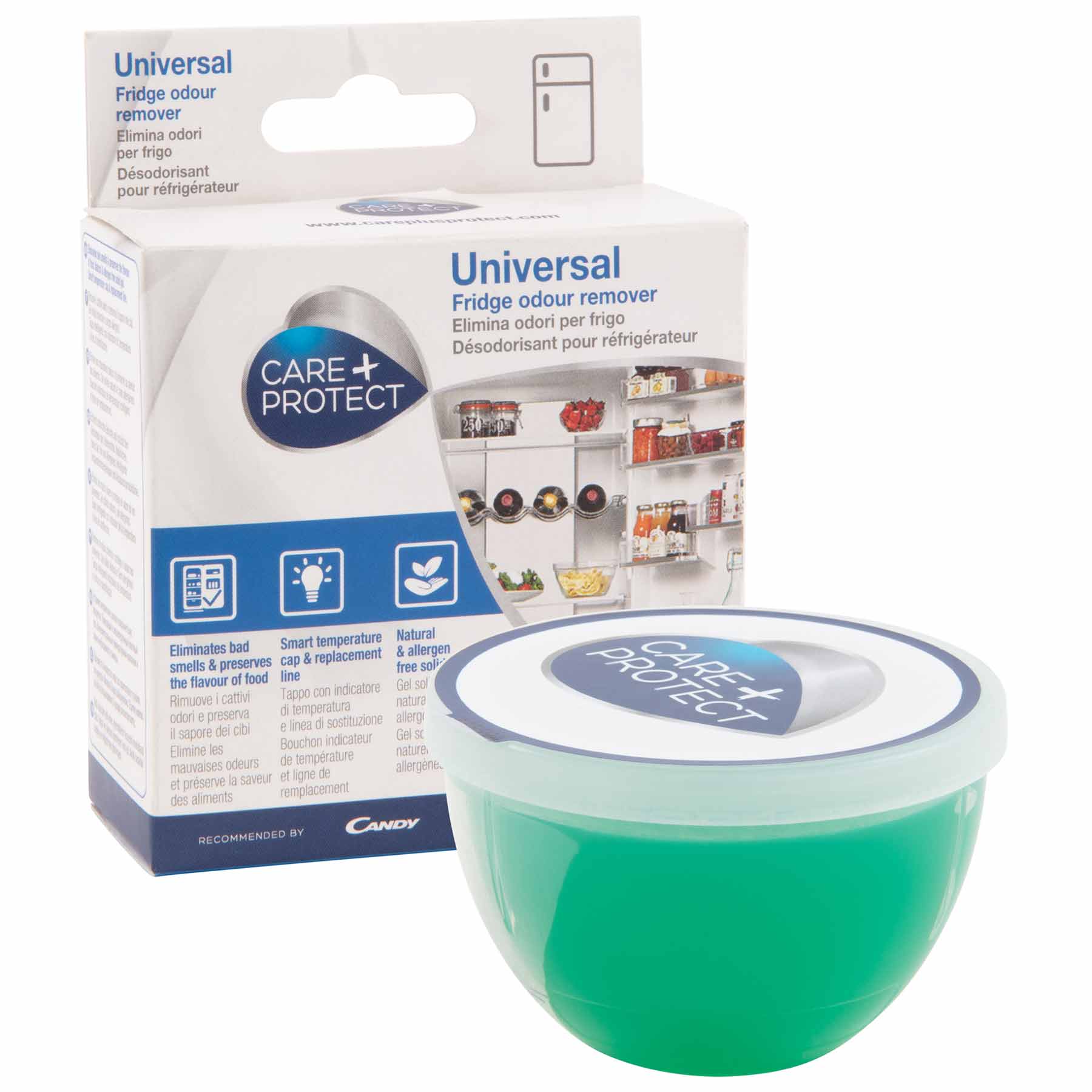








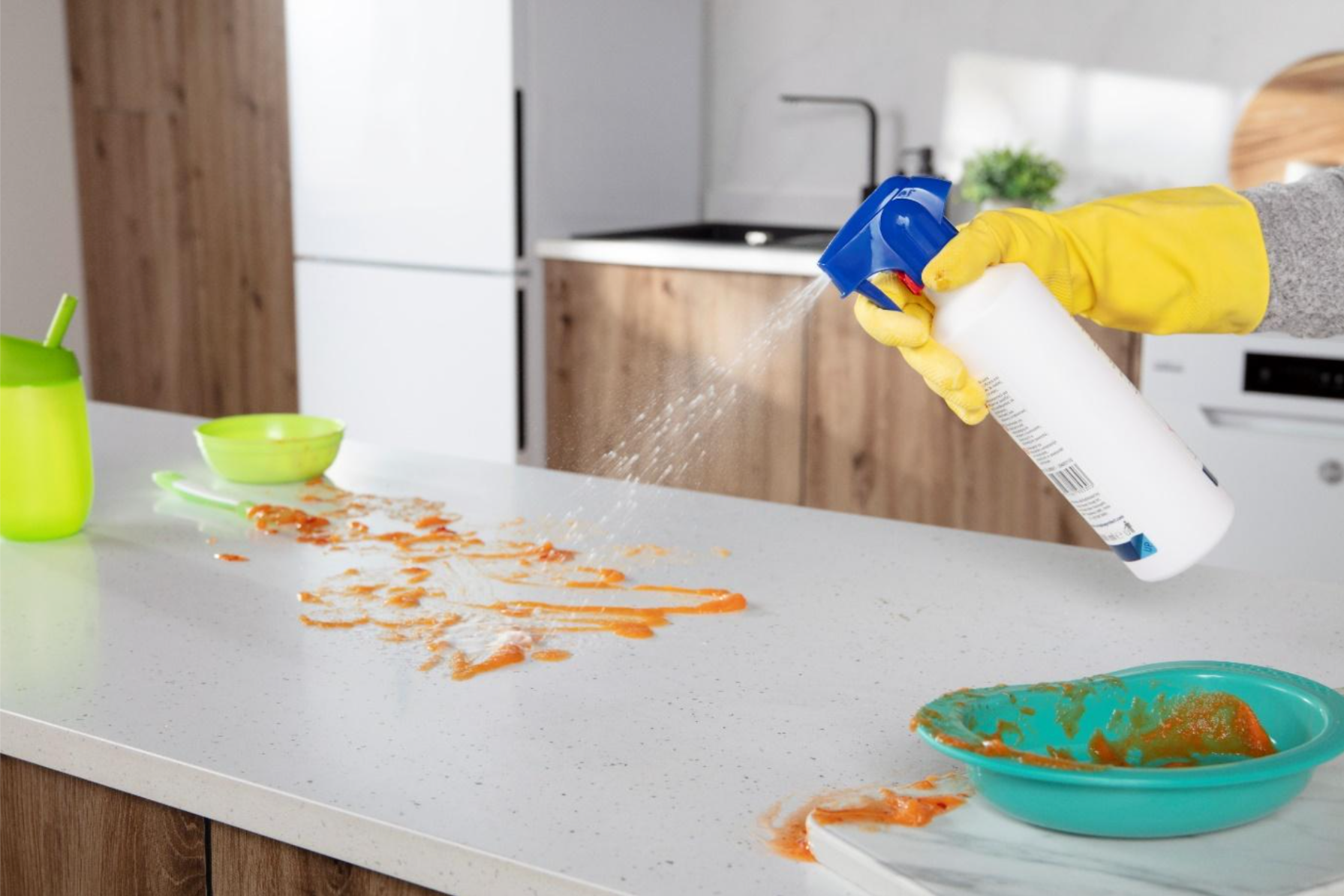
Leave a comment